Learning and Teaching
Maths
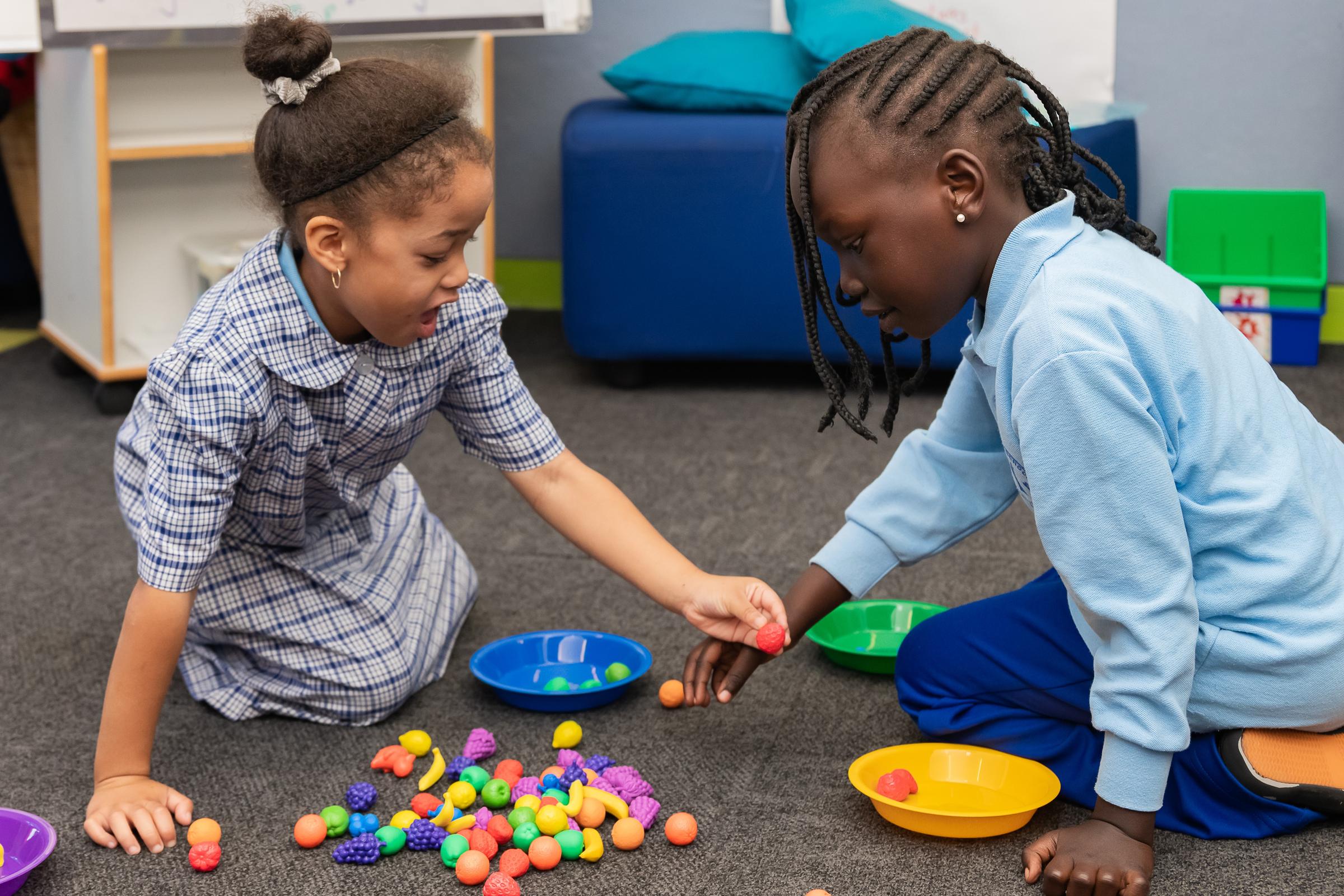
Learning and Teaching
Maths
The students have been enjoying learning about a variety of mathematical concepts in their maths lessons over the last couple of weeks.
The Prep students have been continuing to consolidate their basic skills and have just started learning how to use the iPads to help them in their learning. They have been learning how to 'match', 'drag' and 'tap'.
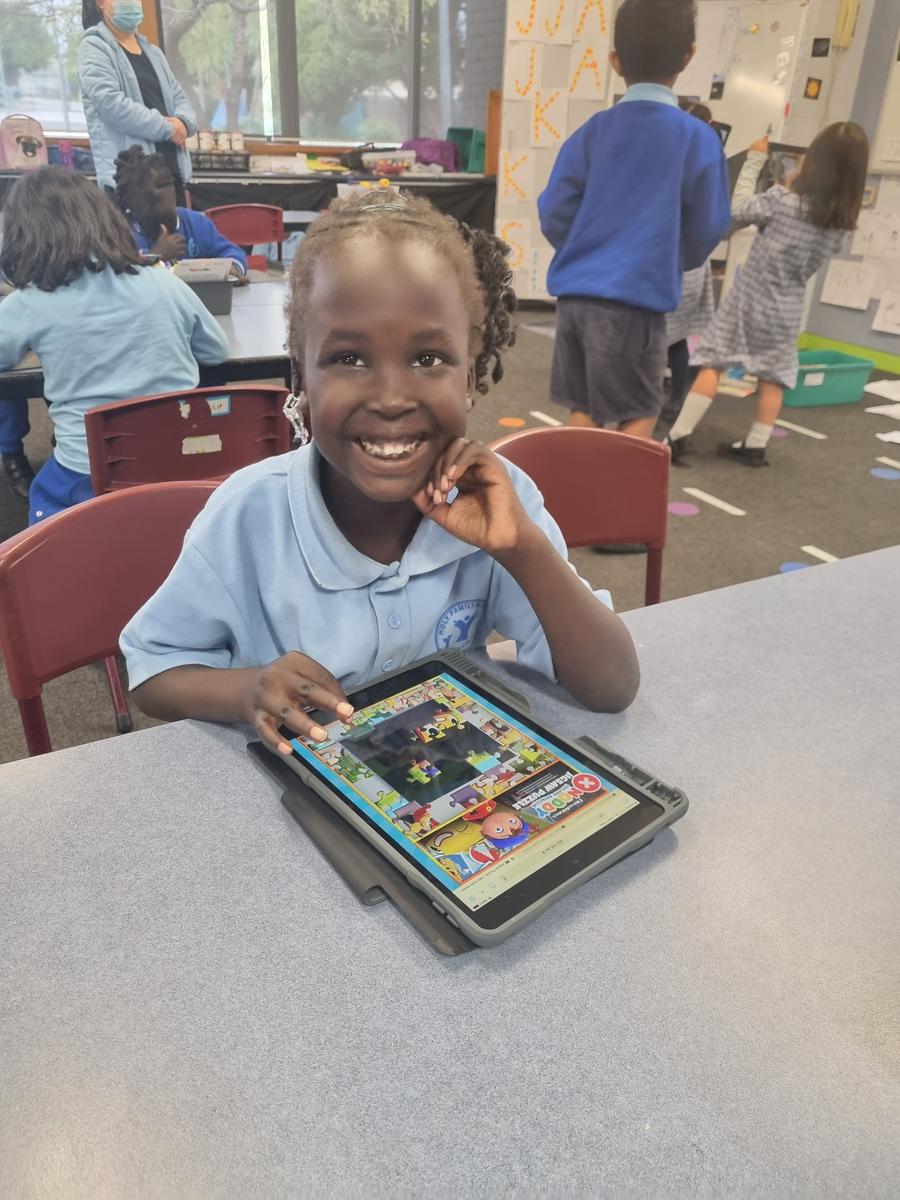





Our Year 1 and 2 students have been developing their place value skills and working on partitioning numbers to identify how many, tens and hundreds. They have been completing fun activities such as making numbers with MAB and using icy pole sticks to make bundles to represent numbers.
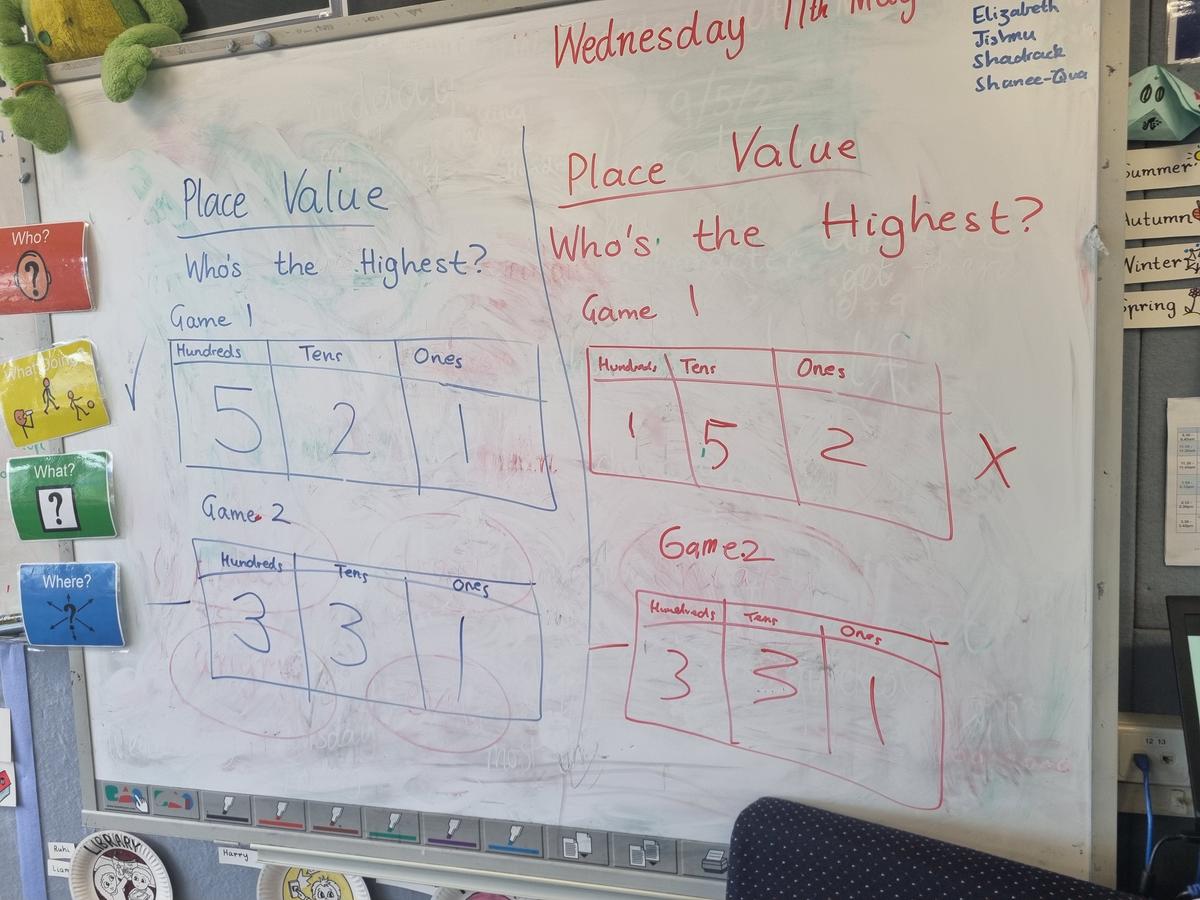
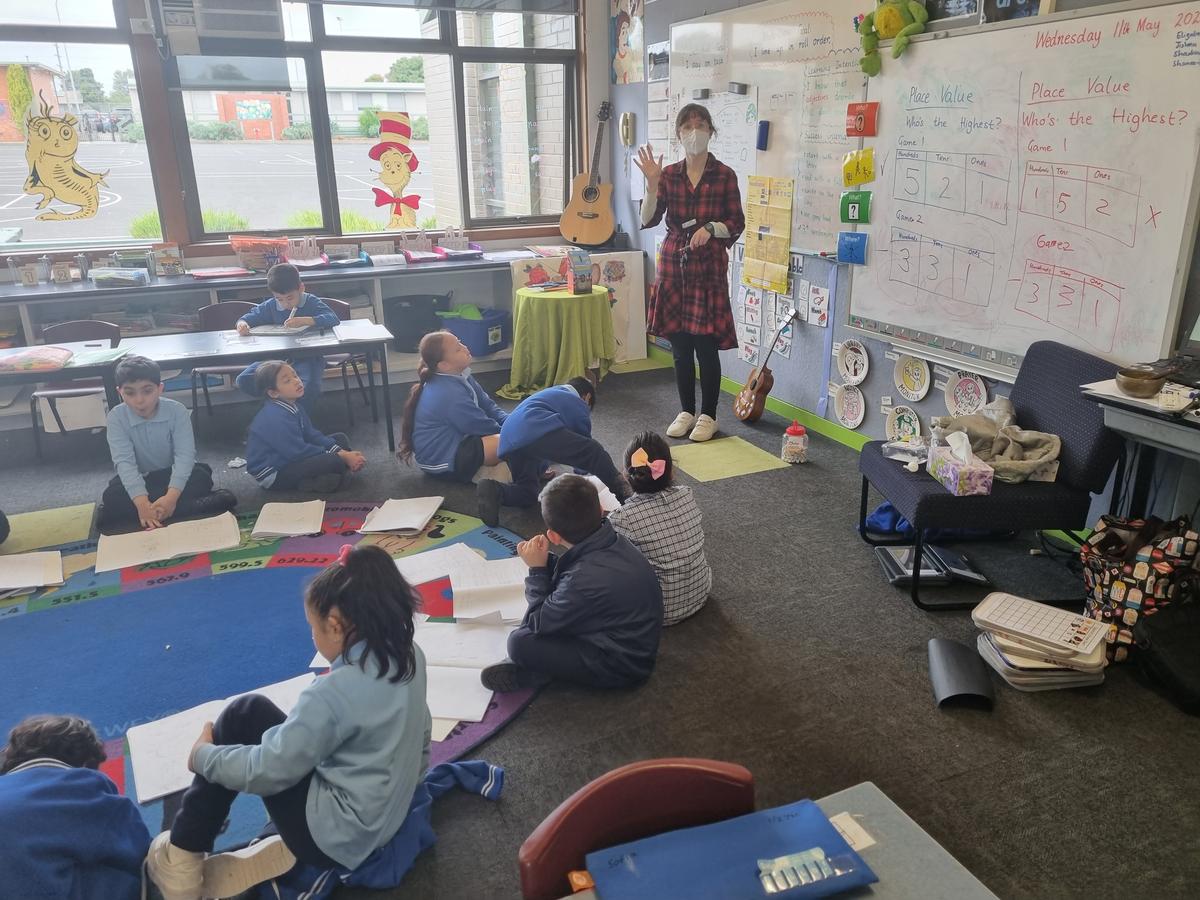


In Year 3/4, students have been learning all about 3-D objects and their properties. They have been learning how to talk about the attributes of shape, using languages such as faces, corners and vertices. They particularly enjoyed constructing 3-D objects using toothpicks.
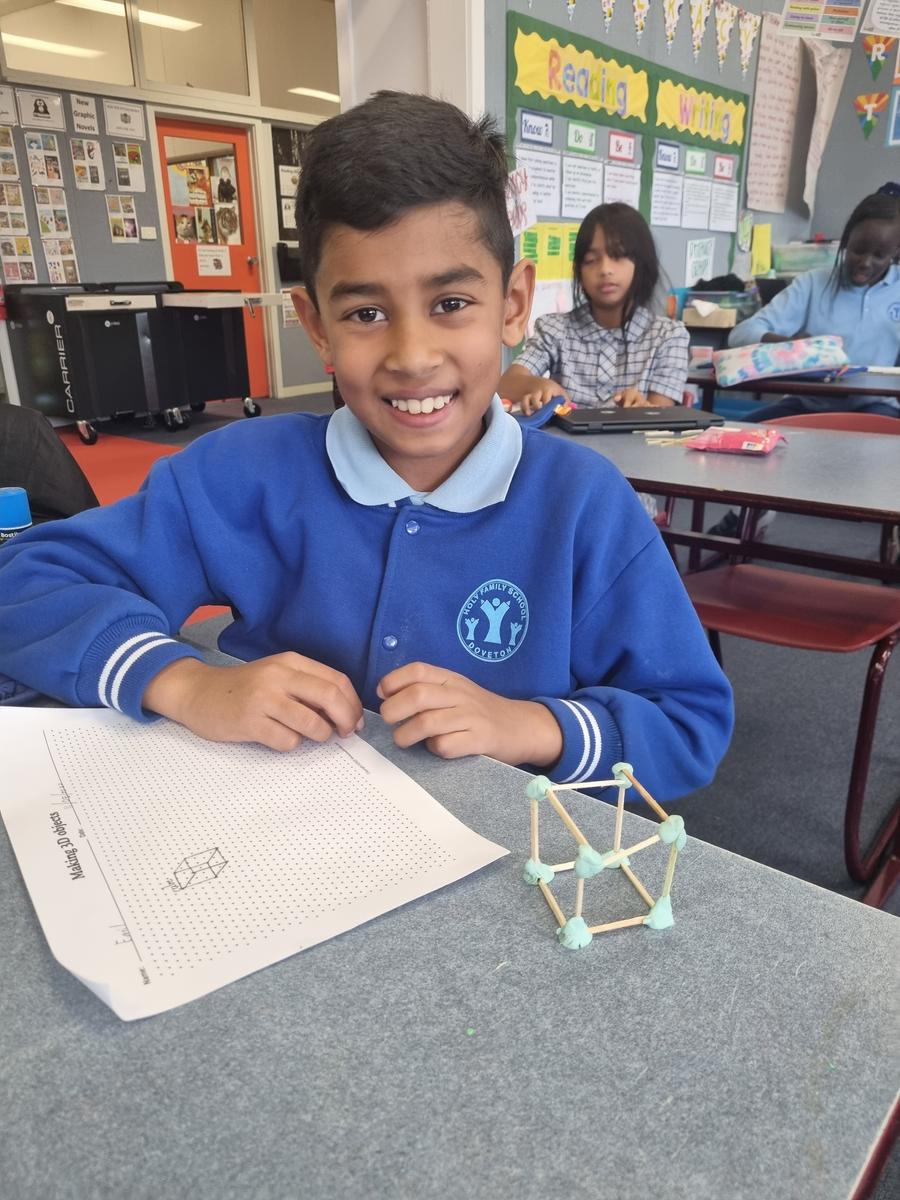

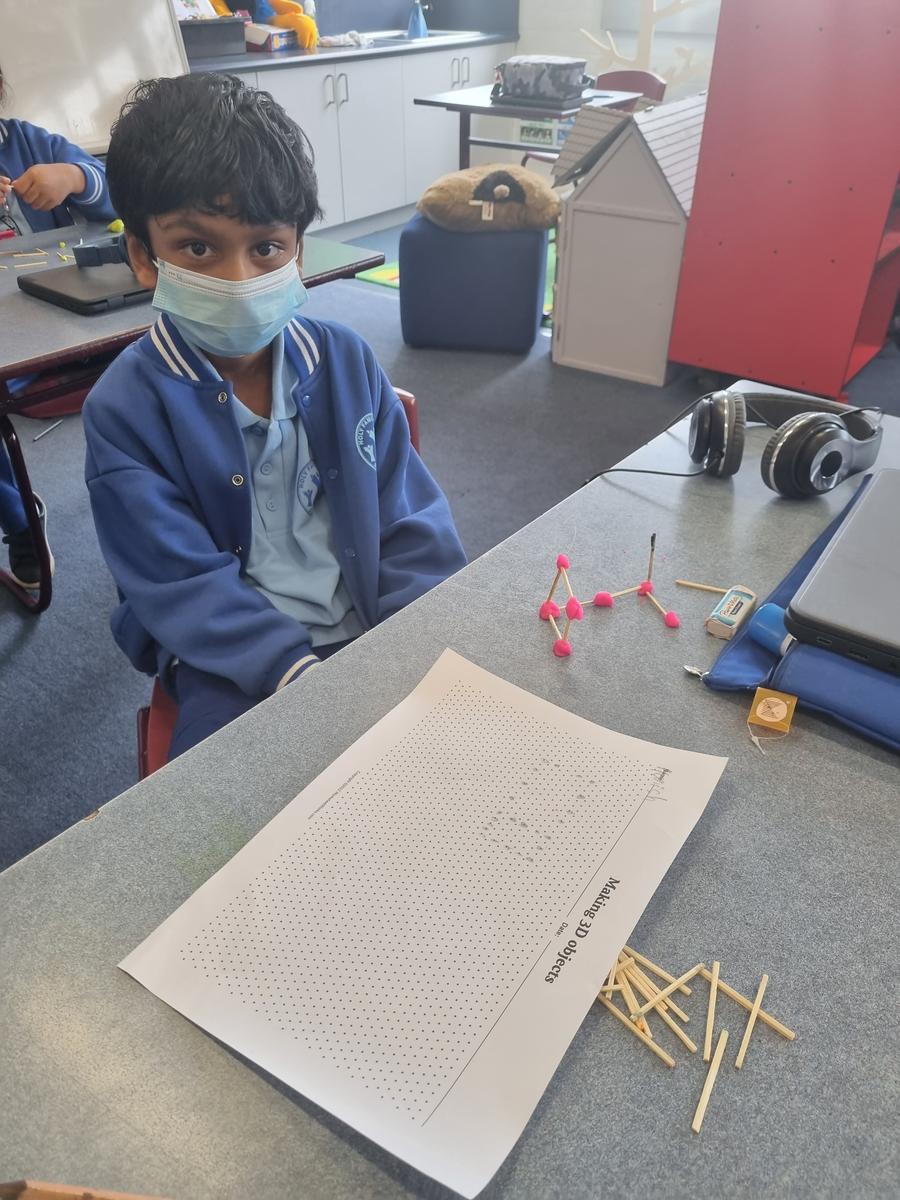

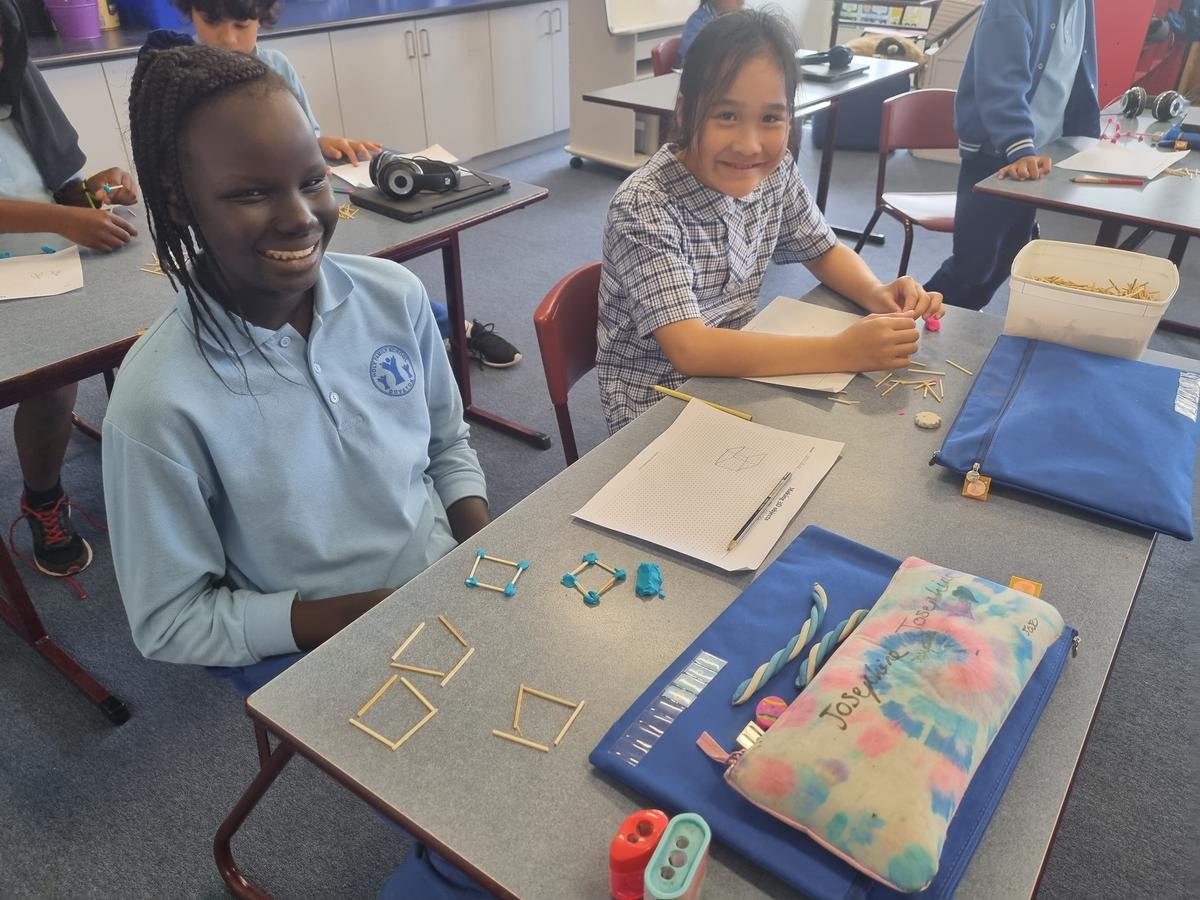


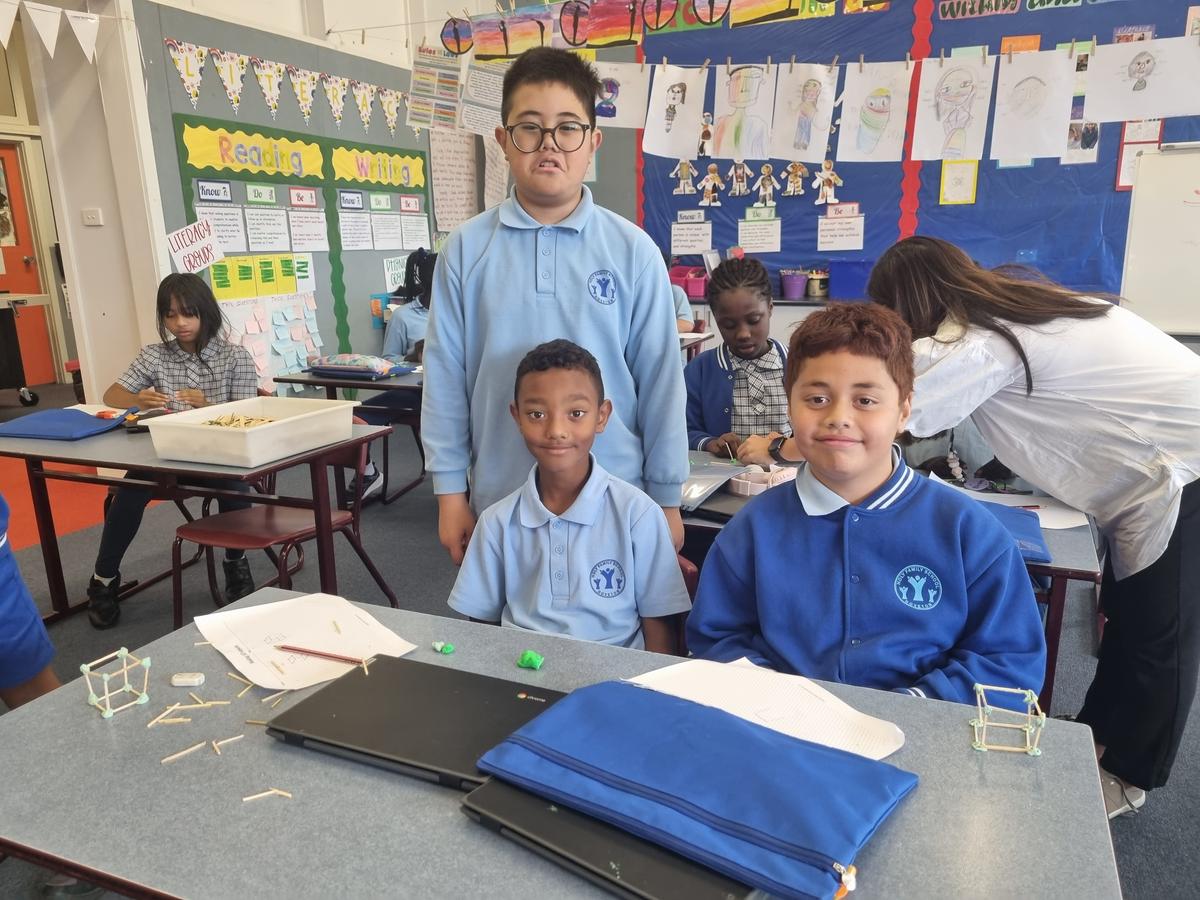










Year 5&6 students have been continuing to work on their place value skills. This week they were investigating triangular numbers. A triangular number sequence is represented by dots that are arranged in a sequence that forms an equilateral triangle. Therefore 1, 3, 6, 10, 15, 21, 28, 36, 45, and so on are triangular numbers. Some students enjoyed learning about the formula used to calculate any triangular number.
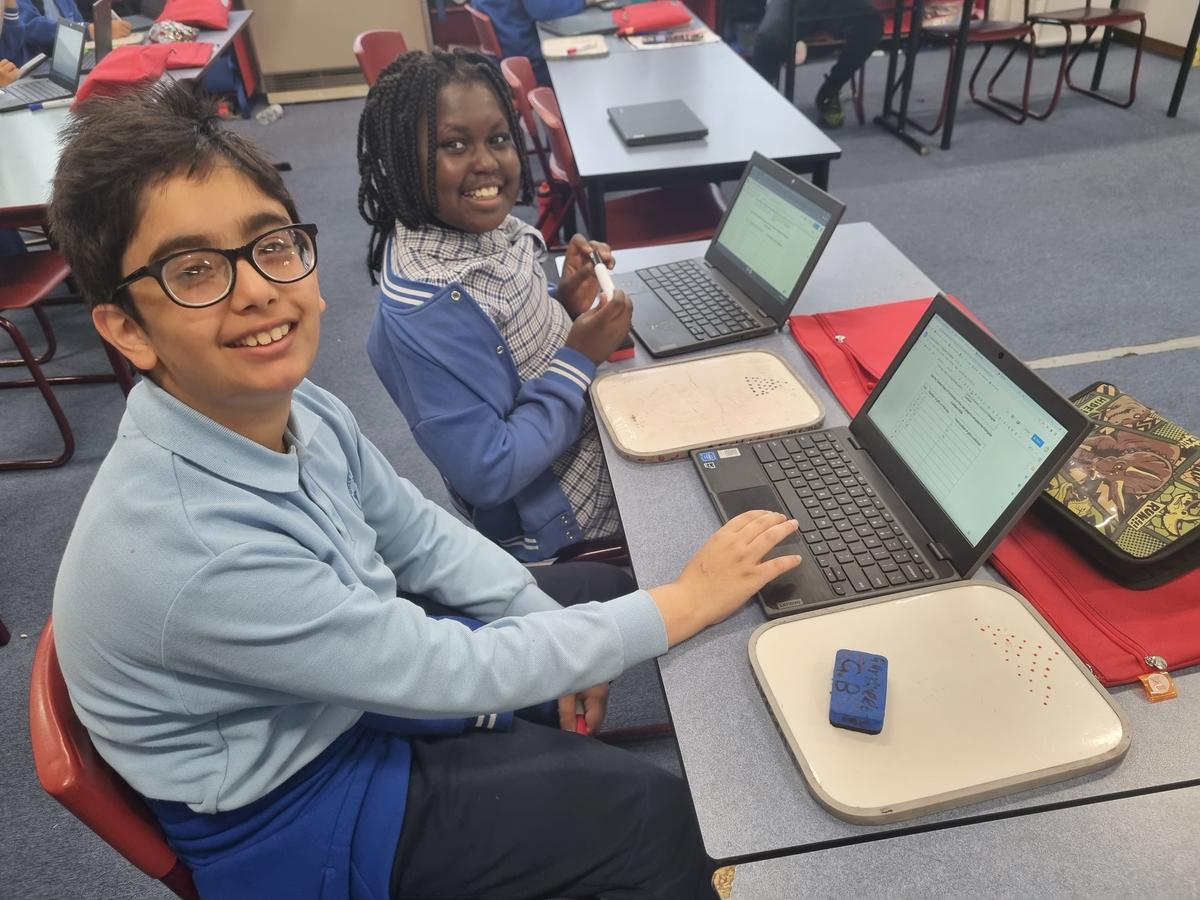
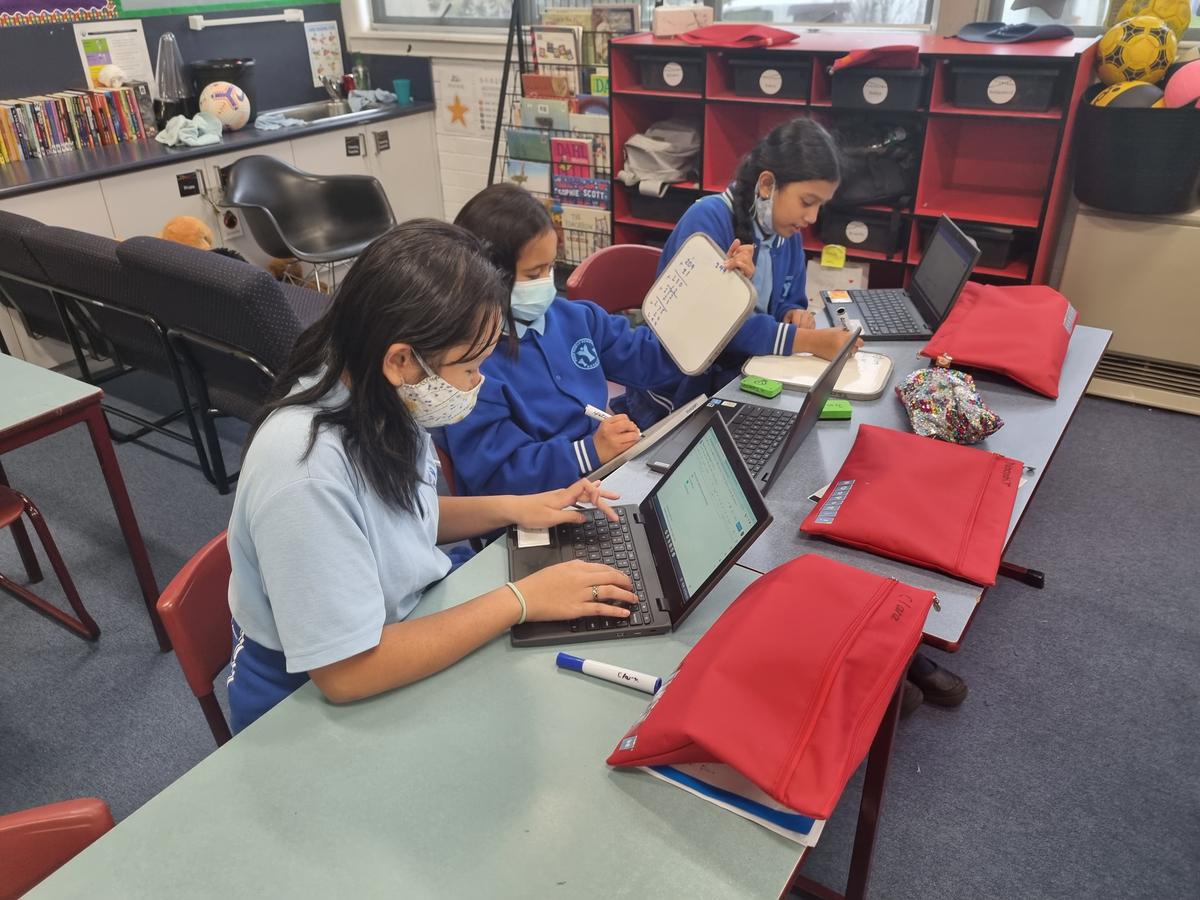
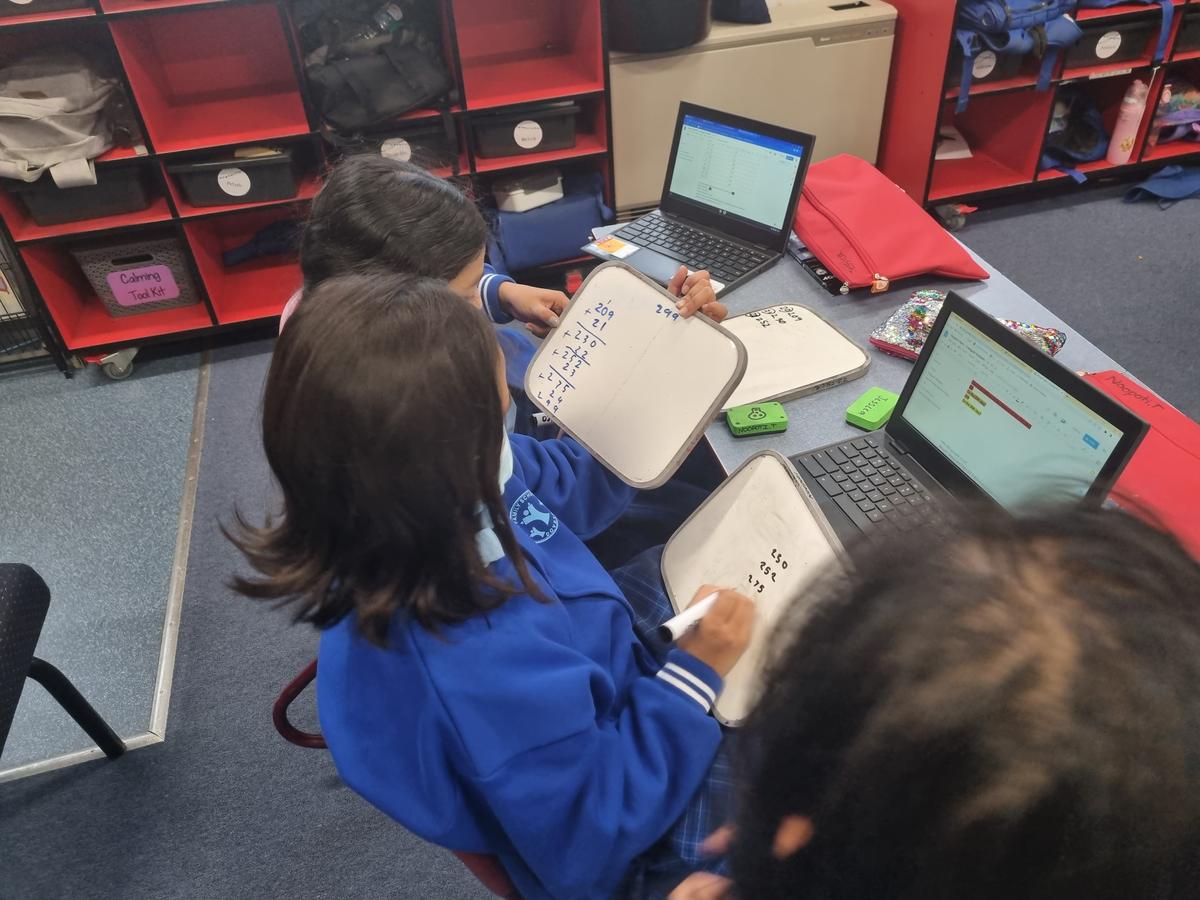
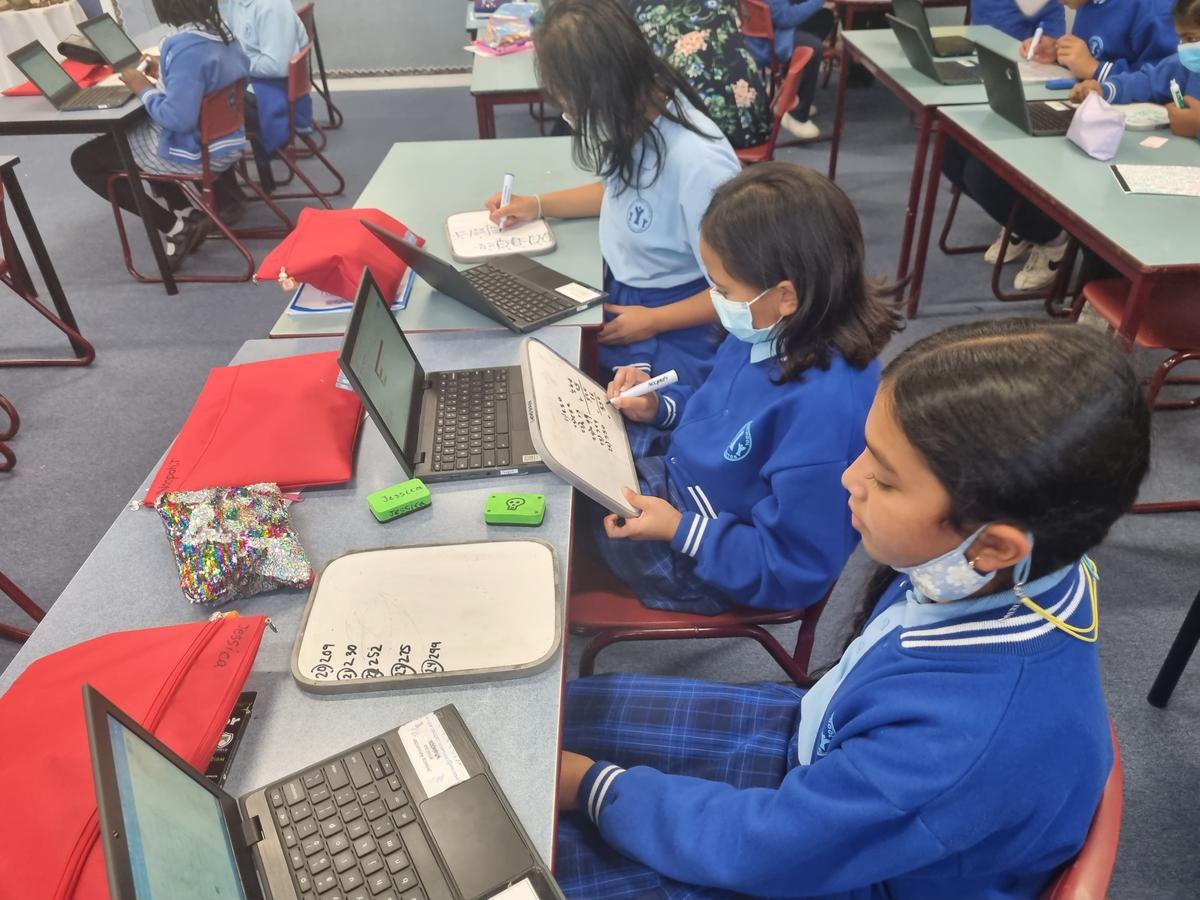

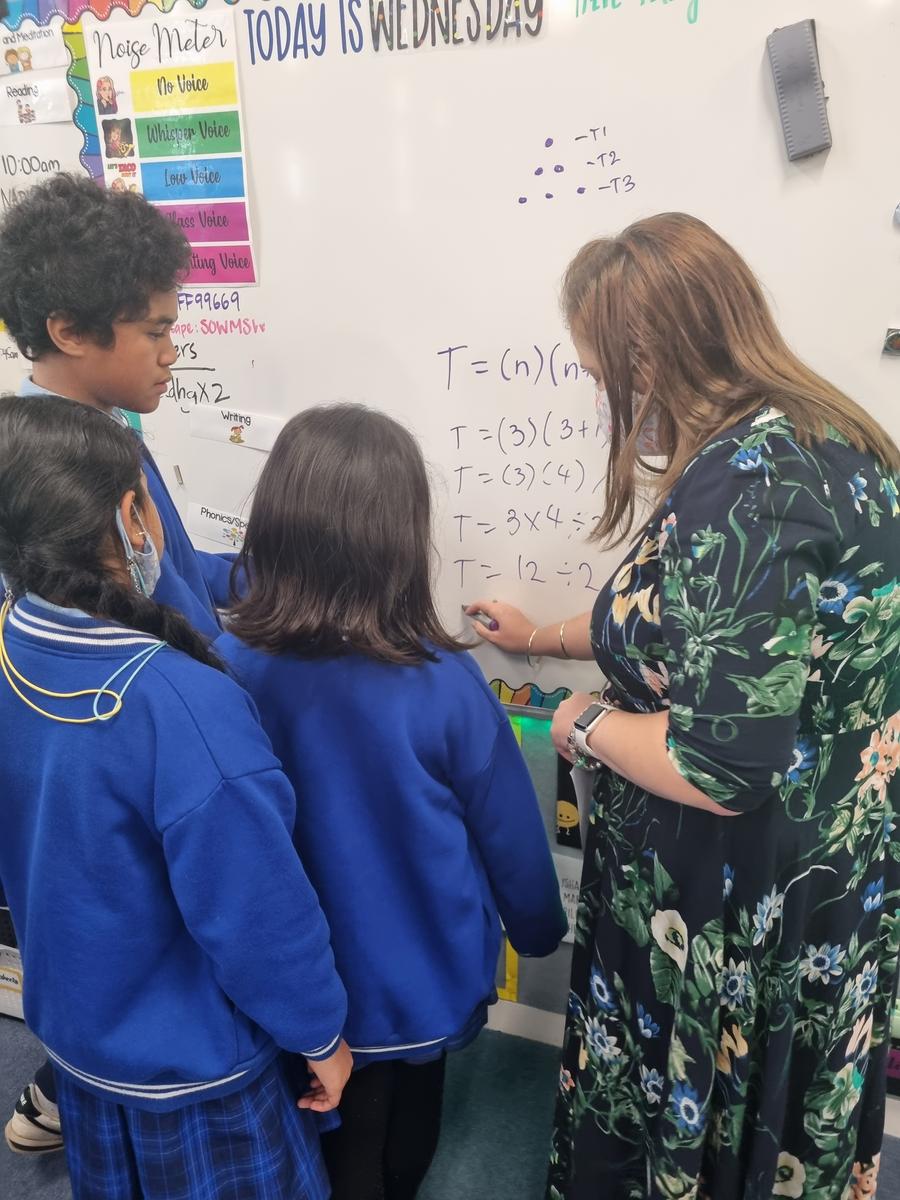






Pauline Moran
Learning and Teaching Leader